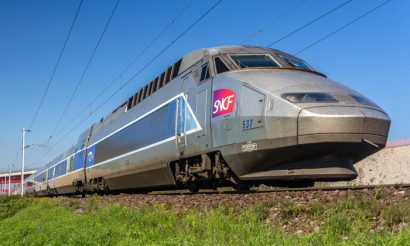SNCF incorporates Internet of Things platform to improve customer experience, operations & safety
Posted: 24 February 2017 | | No comments yet
French Railways operator SNCF has confirmed it will be using an Internet of Things platform to enhance customer experiences, rail safety and heighten operational efficiency.


French Railways operator SNCF has confirmed it will be using an Internet of Things platform to enhance customer experiences, rail safety and heighten operational efficiency.


SNCF announced it is using IBM Watson Internet of Things (IoT) on IBM Cloud in order to deliver an enhanced travel experience for approximately 13.5 million daily passengers worldwide.
SNCF manages the scheduling, operations and maintenance of a network covering 30,000 kilometres of track, 15,000 trains and 3,000 stations in France. Each of these elements is currently being or will be equipped with thousands of sensors.
SNCF will connect its entire rail system thanks to IoT Platform
Thanks to the IoT Platform, SNCF will connect its entire rail system – trains, railroad tracks and train stations to gather insights from real-time information on data. According to SNCF, insights will allow the company to manage its equipment and thus improve quality, security and availability of its trains.
Commenting on the introduction, Raphaël Viard, CTO at e.SNCF said: “Today the IoT is entering a momentous stage in the railway sector’s history. SNCF’s involvement with the IoT rests on three core principles. It must have a strong operational focus by digitalising the business lines processes and cover the following three pillars: cybersecurity by design, ‘platform as a service’ deployment model, the leveraging of Big Data for decision support.”
In order to collect and analyse the data, SNCF is currently developing specialised industrial sensors which are being installed on tracks and trains. The sensors will send data points to the Platform in real-time.
SNCF hopes that by predicting when maintenance is needed it can successfully prevent trains from being taken out of service, while avoiding more costly repairs. The company estimates that this train and track maintenance approach could reduce costs while significantly improving the reliability of its signals and trains. Furthermore, maintenance team will be continually updated on the state of the rail infrastructure and deploy resources as necessary helping to reduce the risk of disruption.



